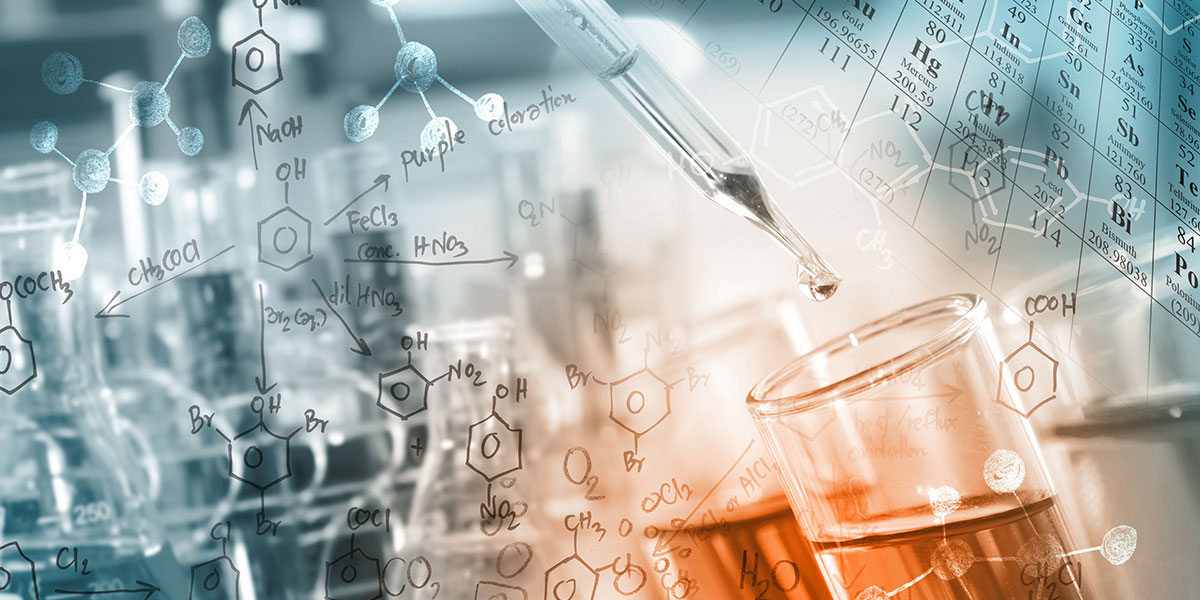Let’s talk about something often taken for granted: the seemingly simple, yet remarkably sophisticated stainless steel blade. From the kitchen knife slicing through a tomato to the precision scalpel making an incision, these blades represent a triumph of material science and engineering. But what exactly makes a stainless steel blade so effective, and what science underpins its performance?
The Metallurgy of Stainless Steel: A Deep Dive

The magic lies in the precise alloying of steel. Pure iron, while strong, is prone to rust and lacks the edge retention needed for a high-performing blade. Stainless steel addresses these issues through the addition of chromium. Chromium content typically ranges from 10.5% to 18%, forming a passive chromium oxide layer on the surface. This invisible layer is the key to stainless steel’s corrosion resistance – a crucial feature for maintaining sharpness and hygiene.
However, simply adding chromium isn’t enough. Other elements like nickel, molybdenum, manganese, and silicon are often included to fine-tune the properties of the steel. Nickel enhances corrosion resistance and ductility (making the blade less brittle), while molybdenum further improves corrosion resistance, particularly in acidic environments. Manganese contributes to strength and hardness, and silicon improves the overall strength and hardenability of the steel.
The exact composition of the stainless steel greatly impacts the blade’s characteristics. Different grades of stainless steel (like 420, 440A, 440C, AUS-8, and VG-10) possess varying levels of these alloying elements, leading to differences in hardness, toughness, edge retention, and corrosion resistance. Higher-grade stainless steels generally offer superior performance but often come with a higher price tag.
Heat Treatment: Forging the Perfect Edge

The metallurgical composition is only half the story. The heat treatment process is equally crucial in determining the blade’s final properties. This involves carefully controlled heating and cooling cycles to alter the microstructure of the steel, affecting its hardness and toughness. The process typically includes:
- Austenitizing: Heating the steel to a high temperature to transform its crystalline structure.
- Quenching: Rapidly cooling the steel (often in oil or water) to “trap” the austenite, resulting in a harder structure.
- Tempering: A subsequent heating and slow cooling process to relieve internal stresses and improve toughness, preventing brittleness.
The precise parameters of these stages (temperature, time, cooling rate) are critical in achieving the desired balance between hardness (for sharpness and edge retention) and toughness (for resistance to chipping and breaking). A well-heat-treated blade will possess both a razor-sharp edge and the durability to withstand regular use.
Blade Geometry: The Science of the Cut
Beyond the material itself, the geometry of the blade plays a significant role in its performance. Factors such as:
- Blade Angle: The angle at which the blade is sharpened affects its cutting efficiency and durability. A steeper angle provides a more durable edge, while a shallower angle yields a sharper but potentially less robust edge.
- Blade Profile: The overall shape of the blade – whether it’s a chef’s knife, paring knife, or fillet knife – is designed for specific cutting tasks. The shape influences the blade’s maneuverability, cutting action, and overall effectiveness.
- Grinding and Honing: The process of grinding the blade to its final shape and honing it to maintain its sharpness further refines the blade’s performance. Proper grinding and honing techniques are essential to maximizing the blade’s cutting ability and extending its lifespan.
Understanding these aspects of blade geometry allows for the creation of highly specialized blades optimized for specific applications. From the delicate precision of a surgical scalpel to the robust strength of a cleaver, the design directly impacts functionality.
Maintaining Your Stainless Steel Blade: Practical Advice

Proper care significantly prolongs the life of your stainless steel blade. Avoid harsh scrubbing with abrasive cleaners, which can damage the surface and dull the edge. Hand washing with warm soapy water is usually sufficient. After washing, always dry the blade thoroughly to prevent water spots and rust.
Regular honing using a honing steel will maintain the blade’s sharpness between sharpening sessions. Sharpening, a more involved process, is necessary periodically to restore the blade’s edge. Choose a sharpening method (e.g., whetstones, electric sharpeners) appropriate for your skill level and the type of blade.
By understanding the science behind stainless steel blades – from the metallurgical composition and heat treatment to the blade geometry and maintenance – you can better appreciate the technology behind these everyday tools, ensuring you get the most out of your investment.


